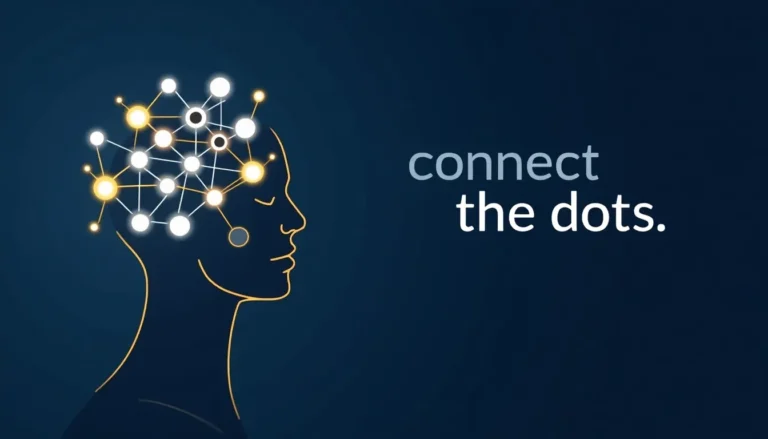AI doesn’t think like we do.
It processes patterns, connects dots, and generates outputs based on its training. But it needs our guidance to truly shine.
This is where prompt engineering becomes an art form.
Think of it as teaching a brilliant but literal-minded student. The quality of your questions determines the quality of their answers.
Good prompts are like well-designed maps. They guide AI through the territory of possibility, helping it navigate to meaningful destinations.
Bad prompts are like giving directions in a foreign language you barely speak. You might eventually get somewhere, but probably not where you intended.
The secret?
Specificity matters.
Context is crucial.
Boundaries are beneficial.
When you craft prompts, you’re not just asking questions. You’re creating a framework for artificial thinking.
Start with clear objectives.
Add relevant context.
Set appropriate constraints.
Request specific outputs.
This isn’t just about getting better results. It’s about developing a new literacy for the AI age.
The better we become at instructing AI, the more powerful our partnership becomes.
Are you ready to become fluent in the language of artificial minds?



